
How to Fireproof Your Home: 6 Fire-Resistant Materials You Can Use
Learn how to build a safer, more resilient home with fire-resistant materials. Here are the most effective options for fireproofing your home’s construction.
By:
The Good Home Daily
Posted on October 20, 2025
Imagine losing everything in just a matter of minutes. That is the reality of a house fire and the reason why homeowners should start considering fireproof materials for home construction.
Most people think fireproofing a home is only about firewall construction, alarms, and extinguishers. But the truth is, the biggest protection starts with the materials you choose.
Walls, roofs, and even insulation can decide how quickly a fire spreads. This is why fire-resistant building materials are becoming essential in modern construction.
So, which ones really work?
In this guide, we’ll walk you through the best fireproof home building materials, showing how each can make your home safer.
Why Fire-Safe Materials Matter More Than Ever
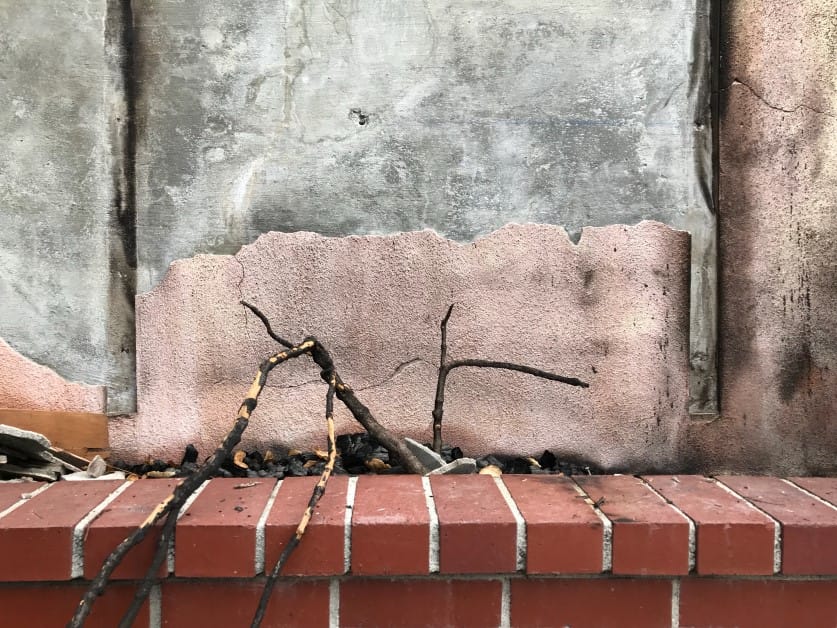
The Bureau of Fire Protection (BFP) reported 2,442 fire incidents nationwide between January 1 and March 4 this year. That number is actually lower compared to the 4,316 cases recorded during the same period in 2024. Good news, right?
Not entirely. Even with the drop, thousands of families were still affected. And what makes it more alarming is that not all of these fires were accidents.
According to the BFP NCR’s Quarterly Physical Report, there are 14 cases of arson in Metro Manila in just the first two quarters.
These numbers show one thing: fire is still a real threat. Which is why homeowners should pay closer attention to how their houses are built. Fire-resistant materials are not just for big buildings anymore; they are becoming an important choice for safer homes.
The value of this is evident from recent disasters.
Earlier this year, the Palisades Fire swept through northwest Los Angeles, burning over 23,700 acres and damaging or destroying 12,000 structures. Amid the destruction, one fireproof home stood firm.
Architect Michael Kovac, the owner, explained that the house was specifically designed to be wildfire resilient and in harmony with nature.
The Palisades Fire is considered the most destructive in Los Angeles history, and Kovac’s thoughtful selection of fire-resistant materials, along with smart design, protected the home.
The Difference Between Fire-Resistant and Fire-Retardant Materials
Before we dive into specific products, it’s essential to understand a key distinction that can affect your entire strategy. While often used interchangeably, the terms “fire-resistant” and “fire-retardant” refer to very different things.
Fire-resistant describes a material’s inherent ability to withstand fire and heat. These materials are built to resist combustion and are designed to slow the spread of a fire.
Fire-retardant, on the other hand, refers to a material that has been chemically treated to be less flammable. This can be a coating, spray, or a special additive mixed into a product. This treatment is often applied to wood or fabrics to slow down ignition and fire spread.
Top 6 Fire-Resistant Materials for Your Home
Building a home to withstand fire starts with choosing the right materials from the ground up. Here are some of the most effective materials you can use to fireproof your home:
1. Concrete
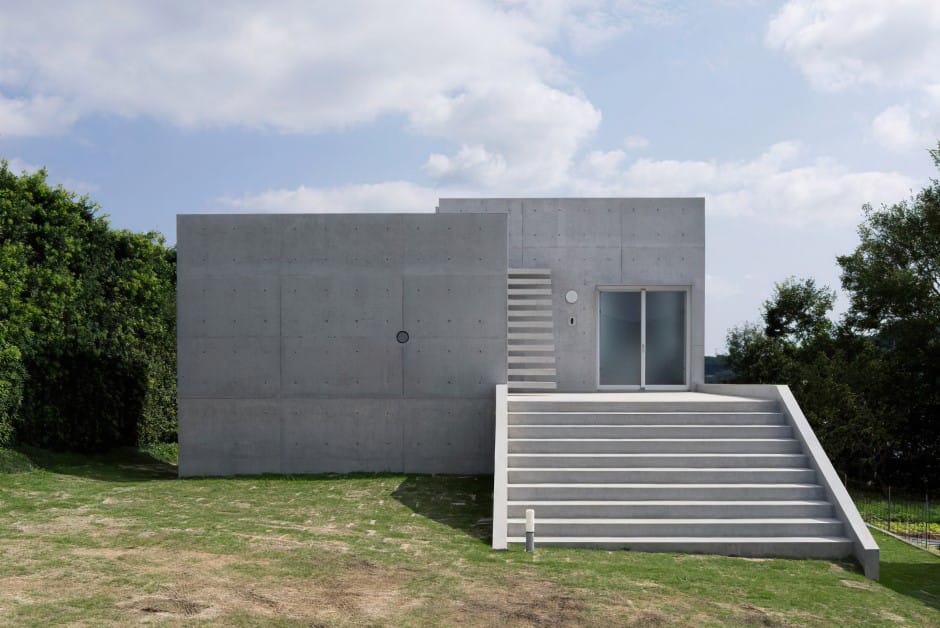
Concrete is one of the most reliable fireproof home building materials. Its fire resistance comes from three main qualities: it is non-combustible, non-toxic, and has low thermal conductivity.
That means it won’t burn, won’t emit toxic fumes, and actually gets stronger when exposed to moderate heat.
About 60 to 70% of concrete is made up of aggregates like limestone, gravel, or sand. These materials help concrete retain its strength under high temperatures, though extremely intense fires (above 450–600°C) can weaken it over time.
When exposed to fire, water in the concrete starts to evaporate, which creates internal pressure. In some cases, this pressure can cause the surface to flake off. Despite this, the core of the concrete usually remains strong, continuing to protect the home.
Concrete is ideal for use on walls, floors, and foundations.
2. Brick
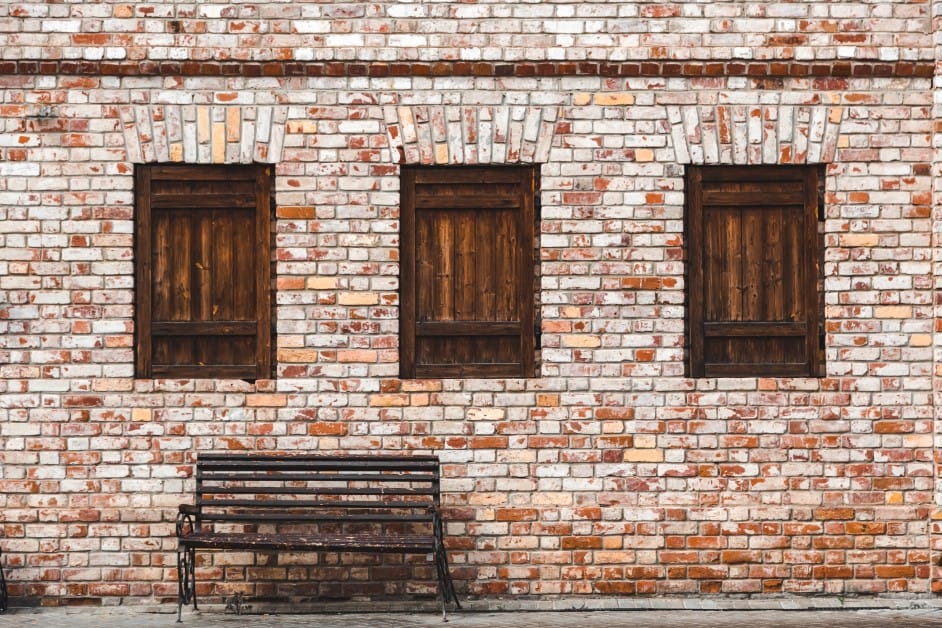
Brick is a classic building material, and it’s naturally fire-resistant.
Bricks are made from clay and shale, which are fired at high temperatures, resulting in a dense and durable product. This firing process imbues bricks with the ability to withstand extreme heat without losing structural integrity.
Some fire bricks can resist temperatures up to 1,200°C. This high heat tolerance makes them suitable for areas exposed to intense heat.
Brick is most commonly used for exterior walls, fireplaces, chimneys, and even structural walls. Not only does it add fire safety, but it also brings timeless style and durability to a home.
3. Steel
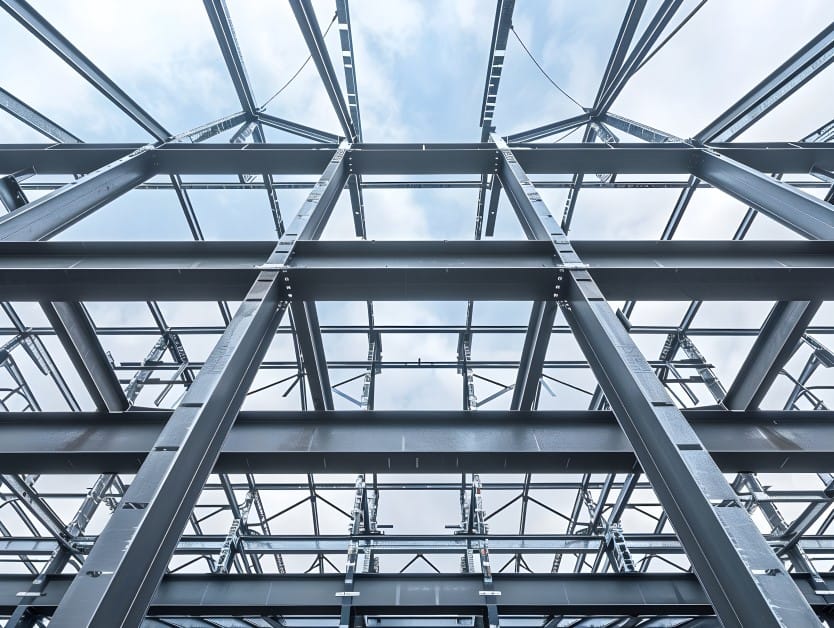
Steel is a popular choice in modern home construction because it is naturally non-combustible. Compared to traditional wood, steel framing provides exceptional fire resistance, giving homeowners added peace of mind.
While steel can begin to weaken at very high temperatures around 600°C, it does not ignite or add fuel to a fire like wood does. To enhance safety, it is often paired with fireproof coatings or insulation, which help maintain its strength during a fire.
Steel is ideal for framing, roof structures, and support beams.
4. Gypsum Board (Fire-Rated Drywall)

Gypsum board, often called drywall, is a panel made from gypsum plaster sandwiched between sheets of thick paper. At a glance, its flat surface and panel shape may resemble plywood, but it is a completely different material with a different purpose. Fire-rated drywall is specially treated to resist high temperatures and slow the spread of fire.
Its fire resistance comes from the water content in the gypsum core. When exposed to heat, the water gradually evaporates, which slows heat transfer and helps protect the underlying structure. This makes it especially effective for walls and ceilings, where fires often start or spread.
Fire-rated gypsum board is commonly used in interior partitions, ceilings, and around areas that require extra protection, such as kitchens, garages, or stairwells.
5. Fire-Resistant Glass

Fire-resistant glass, sometimes called fire-rated or tempered glass, is specially treated to withstand high temperatures and prevent flames from spreading. Unlike ordinary glass, it doesn’t shatter easily under heat, helping protect both people and property.
Its fire resistance comes from a combination of special coatings, laminates, or tempered processes that allow the glass to maintain its integrity even when exposed to extreme heat. Some types can withstand fire for up to 120 minutes, depending on thickness and treatment.
In homes, fire-resistant glass is ideal for windows, doors, partitions, and even skylights. It allows natural light to flow through while providing a barrier against flames and smoke.
6. Intumescent Paints and Coatings
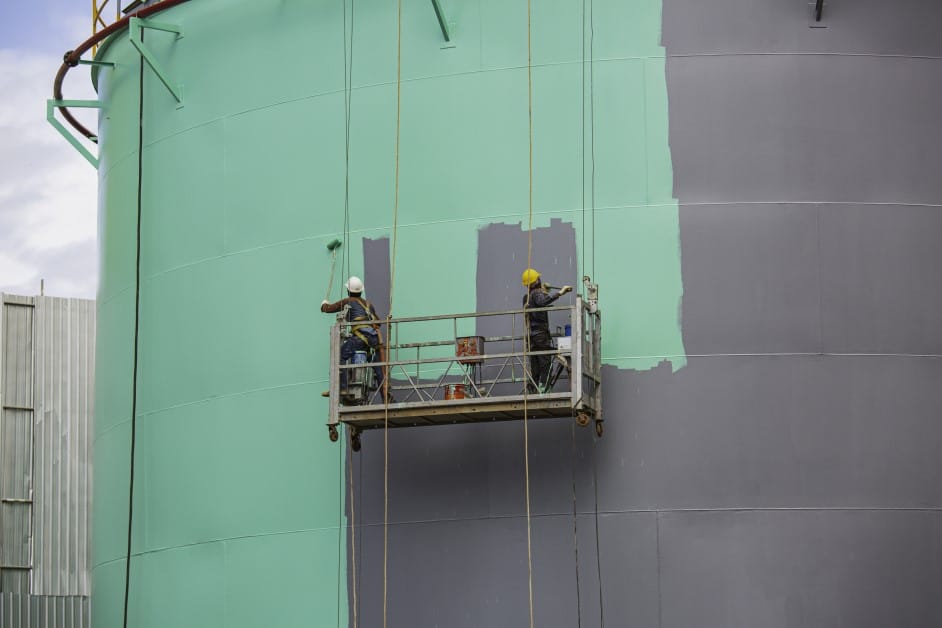
Yes, some types of paints and coatings can actually help protect your home from fire. Intumescent paints and coatings are special fire-retardant treatments.
When exposed to high heat, they expand into a thick, insulating layer. This layer slows heat transfer and helps prevent structural elements like wood or steel from igniting or weakening.
These coatings are most effective when applied to walls, ceilings, steel beams, or wooden structures. They’re especially useful in areas with higher fire risk, such as kitchens, attics, or support beams.
By using intumescent paints, you can add a discreet layer of protection to your walls without changing their look. Practical, right?
Protect Your Home with Fire-Resistant Materials
Building a fire-resistant home starts with careful planning by choosing the right materials. Talk to your builder about the options we’ve discussed above. Investing in these materials today is a simple step toward peace of mind tomorrow.

